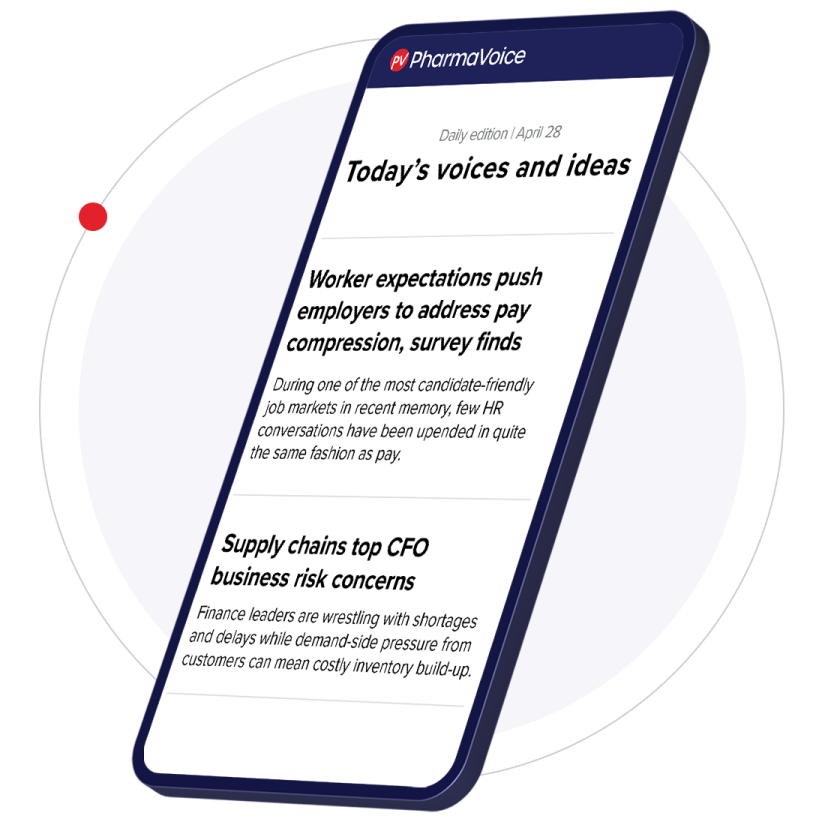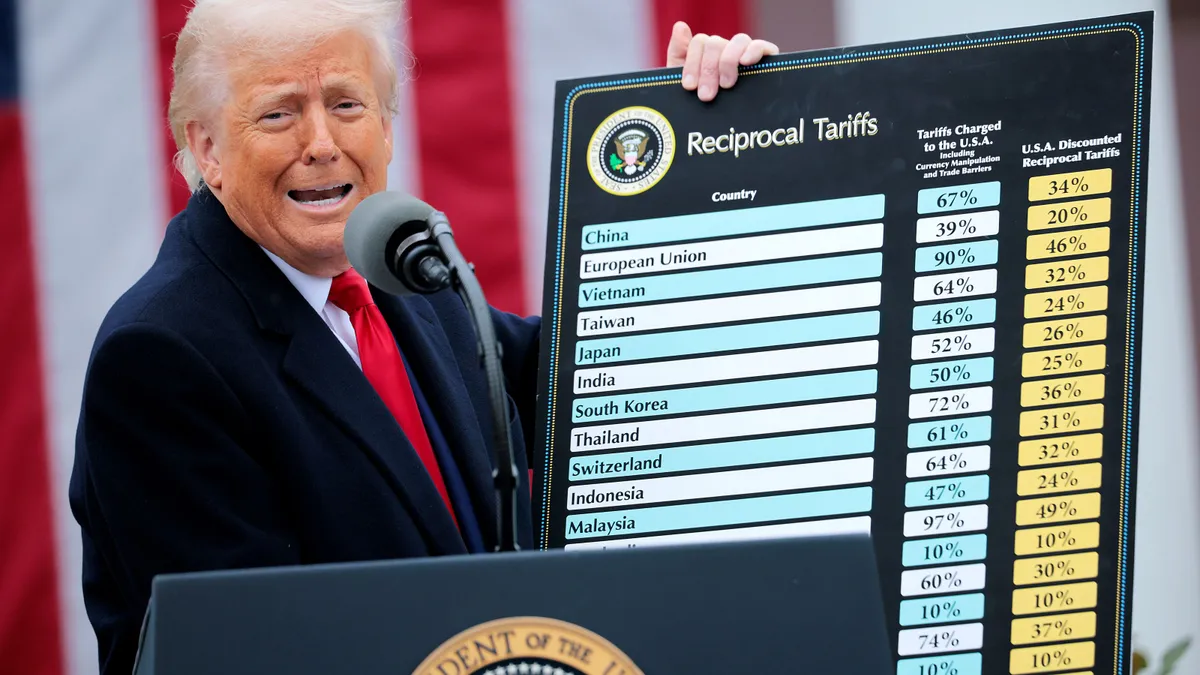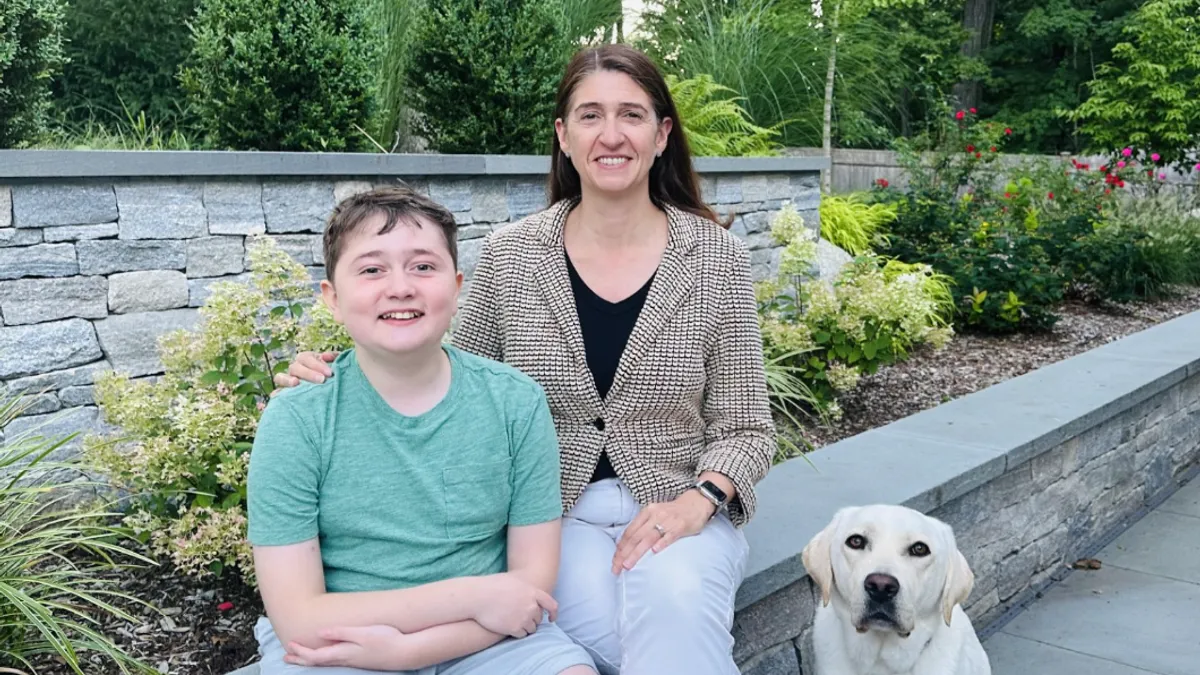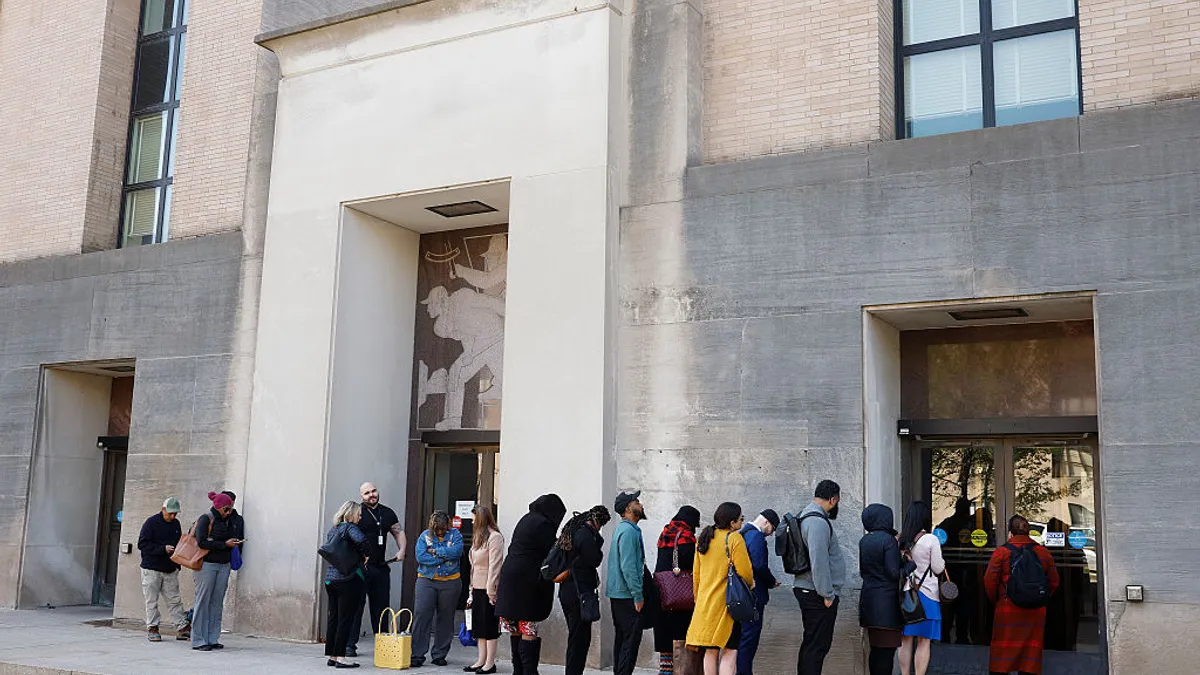An H5N1 outbreak is killing flocks of wild birds in Massachusetts and sickening dairy cows in 16 states while a new strain of H5N9 bird flu has emerged in California. As bird flu continues to spread among animals, experts are on high alert for signs the virus has found the genetic key it needs to unlock a widespread problem for humans.
For now, the risk to people is still low, even with a new strain on the rise.
“While the 67 human avian influenza cases can be tracked back to an animal source, there has been no reported human-to-human transmission — if that were to occur, then we might be facing another pandemic as almost no one would be immune,” said Jeffery A. Goad, president of the National Foundation for Infectious Diseases. “The avian influenza virus needs to make genetic changes to allow it to be transmitted from person to person, and so far, it has not been able to do that.”
For health professionals still reeling from the emotionally depleting COVID-19 pandemic, the prospect of another viral outbreak is harrowing. But experts say that unlike COVID, which was an entirely new virus, they won’t start from scratch if avian influenza does crack the human code. There are already several available vaccines and treatments — and more in the pipeline — to combat the largely familiar foe.
Even so, there are still unknowns.
“The biggest challenge we have right now is trying to figure out where this is going to go. If it keeps on the exact same path it's on right now, it's not going to be a problem. We're not going to see very many human cases outside of occupational exposures,” said Brian Labus, an assistant professor in the department of epidemiology and statistics at the University of Nevada Las Vegas School of Public Health. “But that virus can always mutate and lead to something we've never dealt with before, and create a new set of problems.”
A brimming stockpile
Goad said the FDA has three approved H5N1 vaccines in the national stockpile and more in the pipeline. The approved vaccines include Audenz from Seqirus; a vaccine from Sanofi, licensed in 2007; and Arepanrix from GSK subsidiary ID Biomedical Corporation of Quebec. The vaccines aren’t available to the public but are ready to be rolled out in a health emergency.
The stockpile also contains the raw materials to rapidly formulate enough vaccine doses for critical care workers and people at high risk for infection.
“The government has the raw material to make millions of additional doses within weeks, with more to come in the following months,” according to the U.S. Administration for Strategic Preparedness and Response. These vaccines are all made using traditional flu development technology.
“GSK's H5N1 pandemic vaccine can generate some cross-neutralizing antibodies against the current circulating strains and is recognized as an important tool in reducing illness during a possible H5N1 pandemic,” a GSK spokesperson said in an email. “The vaccine is designed to be updated with the latest circulating strain of interest, as identified by the WHO.”
ASPR granted Sanofi, Seqirus and GSK $72 million in October to manufacture vials or pre-filled syringes to get doses ready to distribute.
“The companies also will manufacture additional bulk influenza antigen — the component of vaccines that stimulates an immune response — from seed stocks that are well matched to circulating strains,” ASPR said.
The government is also pouring money into mRNA vaccines, which can be manufactured and rolled out more quickly than traditional shots. The U.S. Department of Health and Human Services gave Moderna $590 million to accelerate development of its mRNA influenza options, such as its investigational H5N1 candidate.
Other companies also have mRNA options in the works. GSK is working on an mRNA pandemic flu candidate now in mid-stage development. Pfizer also has an mRNA option in the works that could be customized quickly to target the circulating flu strain, as does Arcturus Therapeutics.
Bird flu therapeutics
In addition to vaccines, there are also approved treatments for bird flu.
“We have a number of drugs that we use to treat seasonal influenza, including Tamiflu,” Labus said. “Everything that we have that works against our seasonal flu is part of that arsenal against bird flu as well. The therapeutics are well developed at this point, and the drugs that we have would be effective. It's not like we're starting over with Coronavirus.”
In addition, several companies are working on new antiviral options, including Traws Pharma, which is moving into phase 2 with a single-dose H5N1 bird flu antiviral, tivoxavir marboxil; CoCrystal Pharma’s PB2 inhibitor CC-42344; and NV-387, a broad spectrum antiviral from NanoViricides.
Health systems established to address COVID can also help public health officials tackle new threats. However, lingering anti-vaccination sentiment could create political headwinds and complicate the landscape if bird flu begins to spread in humans.
“Unfortunately, we also learned that the undercurrent of hesitancy to use these prevention strategies can lead to unnecessary harm and loss of life,” Goad said. “We need to do a better job now of communicating the risks of avian influenza and educating the public about tools we have to prevent and treat it so people do not feel like it’s ‘new’ or ‘untested’ when the next pandemic hits.”




















